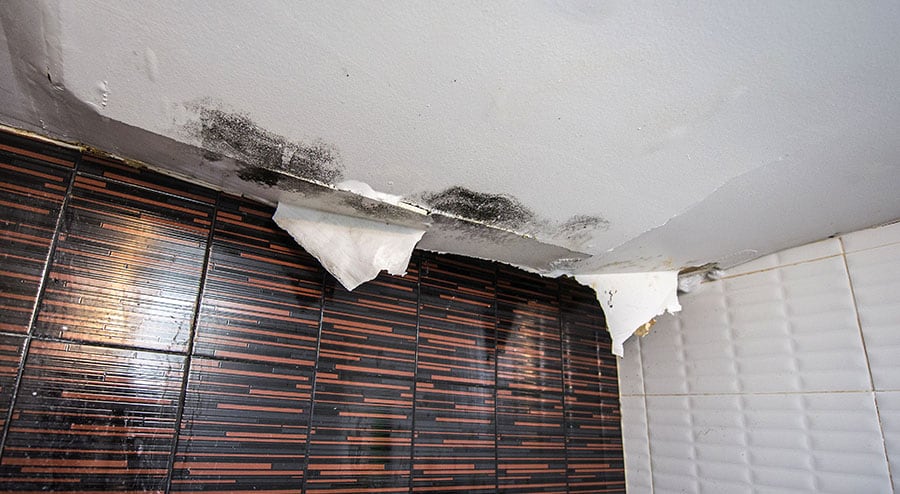6 Water Damage Repair Do's and also Don'ts.
6 Water Damage Repair Do's and also Don'ts.
Blog Article
Each person will have their own unique idea about Reducing Your Risk Of Water And Fire Damage At Home.

Water provides life, water invasion on components where it's not supposed to be can result in damage. It can peel off away surface areas as well as wear down the structure if the water saturates right into your framework. Mold and mildew and mold likewise grow in a moist atmosphere, which can be hazardous for your health. Residences with water damage smell old and stuffy.
Water can originate from many sources such as hurricanes, floodings, burst pipes, leakages, and also sewer problems. In case you experience water damage, it would be great to recognize some safety precautions. Right here are a couple of standards on how to manage water damages.
Do Prioritize Residence Insurance Policy Insurance Coverage
Water damages from flooding dues to heavy winds is seasonal. You can likewise experience a sudden flooding when a faulty pipe unexpectedly bursts right into your house. It would be best to have residence insurance policy that covers both disasters such as all-natural disasters, as well as emergency situations like busted plumbing.
Do Not Neglect to Turn Off Energies
In the event of a calamity, especially if you live in a flood-prone area, it would certainly be suggested to switch off the main electrical circuit. This cuts off power to your whole residence, protecting against electric shocks when water is available in as it is a conductor. Do not neglect to turn off the main water line valve. When floodwaters are high, furnishings will move and trigger damage. Having the major valve shut off avoids more damages.
Do Stay Proactive as well as Heed Weather Notifies
Tornado floods can be very uncertain. Stay ready and positive if there is a background of flooding in your area. Listen to emptying cautions if you live near a lake, creek, or river . Take out valuables from the very beginning and basement, then put them on the highest feasible degree. Doing so reduces prospective residential or commercial property damages.
Do Not Overlook the Roof
You can prevent rainfall damages if there are no holes and also leakages in your roof. This will protect against water from streaming down your wall surfaces and soaking your ceiling.
Do Pay Attention to Small Leaks
A burst pipe does not take place overnight. Typically, there are warnings that indicate you have deteriorated pipelines in your home. For example, you might discover bubbling paint, peeling wallpaper, water streaks, water stains, or leaking noises behind the wall surfaces. Eventually, this pipeline will certainly rupture. Preferably, you ought to not await points to intensify. Have your plumbing fixed prior to it leads to huge damage.
Don't Panic in Case of a Ruptured Pipe
Maintaining your clearheadedness is essential in a time of crisis. Stressing will just compound the trouble since it will suppress you from acting fast. When it concerns water damages, timing is essential. The longer you wait, the more damages you can anticipate. Thus, if a pipe bursts in your residence, immediately turned off your major water shutoff to remove the source. Disconnect all electrical outlets in the area or turn off the circuit breaker for that part of the residence. Lastly, call a respectable water damages reconstruction specialist for assistance.
Water offers life, water invasion on parts where it's not intended to be can result in damages. Homes with water damages smell musty as well as old.
Water damages from flood charges to heavy winds is seasonal. You may see bubbling paint, peeling off wallpaper, water touches, water stains, or leaking audios behind the wall surfaces. When it comes to water damage, timing is crucial.
Some Do's & Don't When Dealing with a Water Damage
DO:
Make sure the water source has been eliminated. Contact a plumber if needed. Turn off circuit breakers supplying electricity to wet areas and unplug any electronics that are on wet carpet or surfaces Remove small furniture items Remove as much excess water as possible by mopping or blotting; Use WHITE towels to blot wet carpeting Wipe water from wooden furniture after removing anything on it Remove and prop up wet upholstery cushions for even drying (check for any bleeding) Pin up curtains or furniture skirts if needed Place aluminum foil, saucers or wood blocks between furniture legs and wet carpet Turn on air conditioning for maximum drying in winter and open windows in the summer Open any drawers and cabinets affected for complete drying but do not force them open Remove any valuable art objects or paintings to a safe, dry place Open any suitcases or luggage that may have been affected to dry, preferably in sunlight Hang any fur or leather goods to dry at room temperature Punch small holes in sagging ceilings to relieve trapped water (don't forget to place pans beneath!); however, if the ceiling is sagging extremely low, stay out of the room and we'll take care of it DO NOT:
Leave wet fabrics in place; dry them as soon as possible Leave books, magazines or any other colored items on wet carpets or floor Use your household vacuum to remove water Use TV's or other electronics/appliances while standing on wet carpets or floors; especially not on wet concrete floors Turn on ceiling fixtures if the ceiling is wet Turn your heat up, unless instructed otherwise

I was made aware of that report on Safety Tips To Prevent Fire And Water Damage through a friend on our other website. Do you know another person who is interested in the subject? Please feel free to share it. I praise you for your time. Come back soon.
Report this page